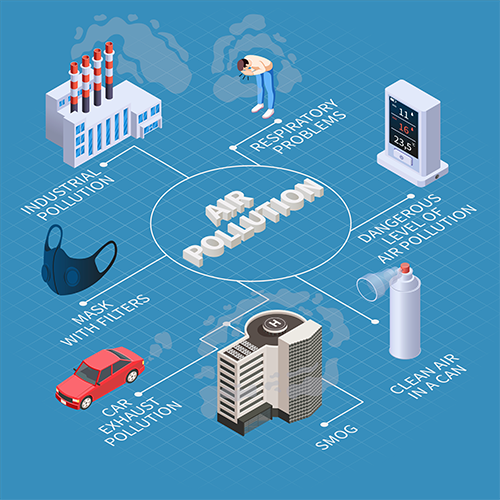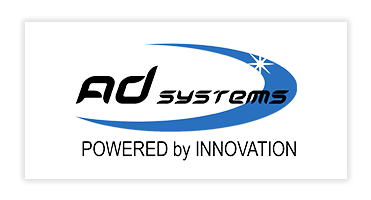Air Quality Modelling
Air Quality Modeling is an important tool used in Environmental Impact Assessments (EIA) studies to assess the potential impact of pollutants on the surrounding environment. The United States Environmental Protection Agency (USEPA) has established norms and guidelines for air quality modeling to ensure that it is conducted accurately and effectively.
Here are the steps involved in air quality modeling as per USEPA norms for EIA studies
1. Identify sources of emissions: The first step is to identify the sources of emissions that can contribute to air pollution. This includes both point sources (such as factories and power plants) and mobile sources
(such as vehicles).
2. Develop an inventory: Once the sources of emissions are identified, an inventory of all pollutants emitted from these sources needs to be developed. This is important because it helps to estimate the quantity and intensity of emissions that will be released into the atmosphere.
3. Choose a modeling method: After developing an inventory, the next step is to choose a modeling method. There are several models available, including AERMOD, CALPUFF, and CMAQ, each with its own specific uses and capabilities.
4. Set up the model: Once the modeling method is chosen, the next step is to set up the model by selecting input data parameters such as meteorological data, topography, and terrain data.
5. Run the model: With the input data set, the model is now run to simulate air quality under different scenarios based on the potential emissions predicted.
6. Evaluate the results: Once the model is run, outputs are evaluated for accuracy and reliability. This is done by comparing the model’s results with monitored air concentration data and other relevant information.
7. Develop mitigation measures: Depending on the results of the modeling and evaluation, mitigation measures may be developed to reduce the impact of pollutants on the environment.
By following these steps in air quality modeling, the potential environmental impact of pollutants can be accurately predicted in accordance with USEPA norms.












